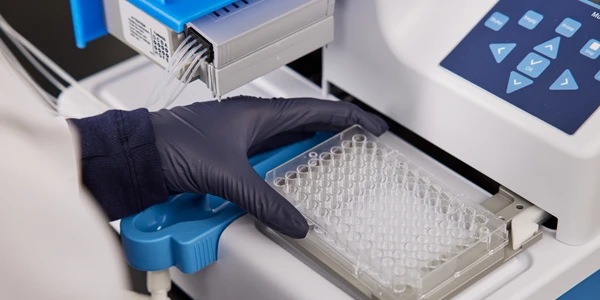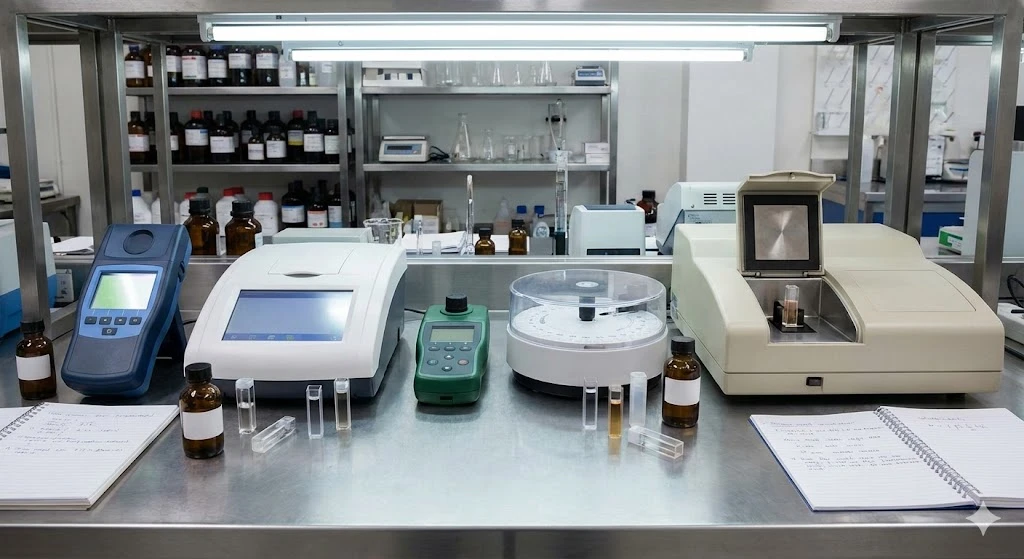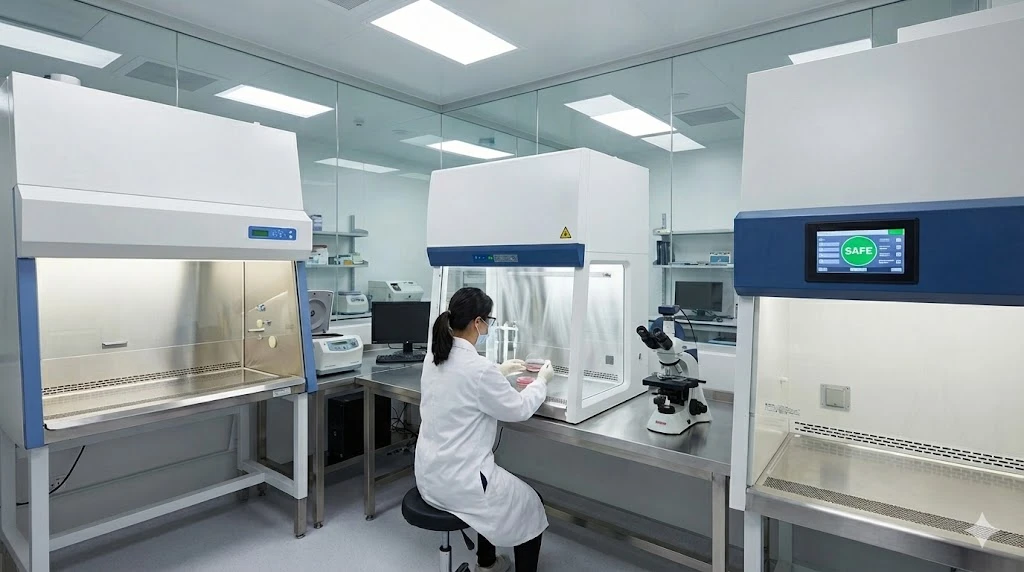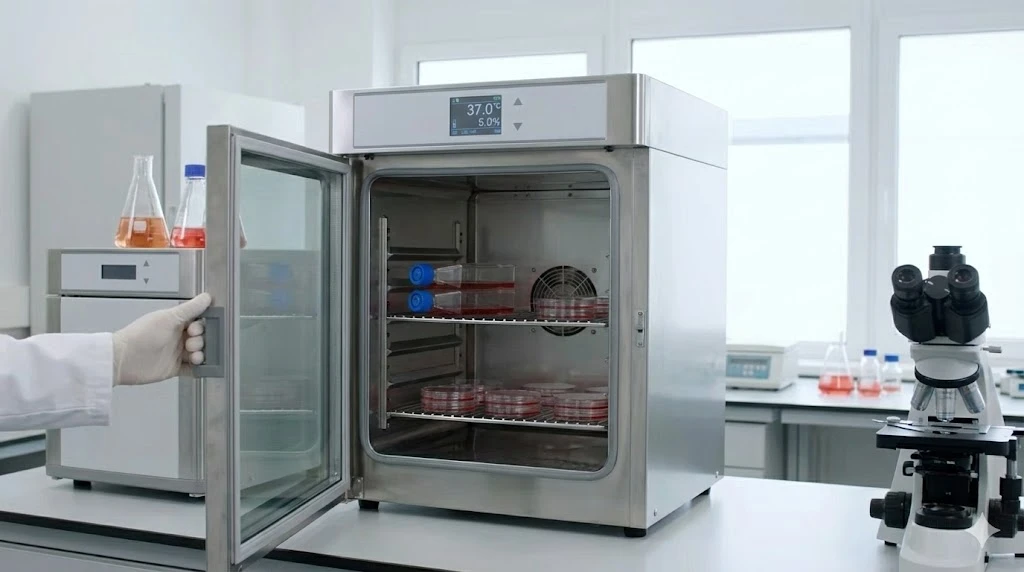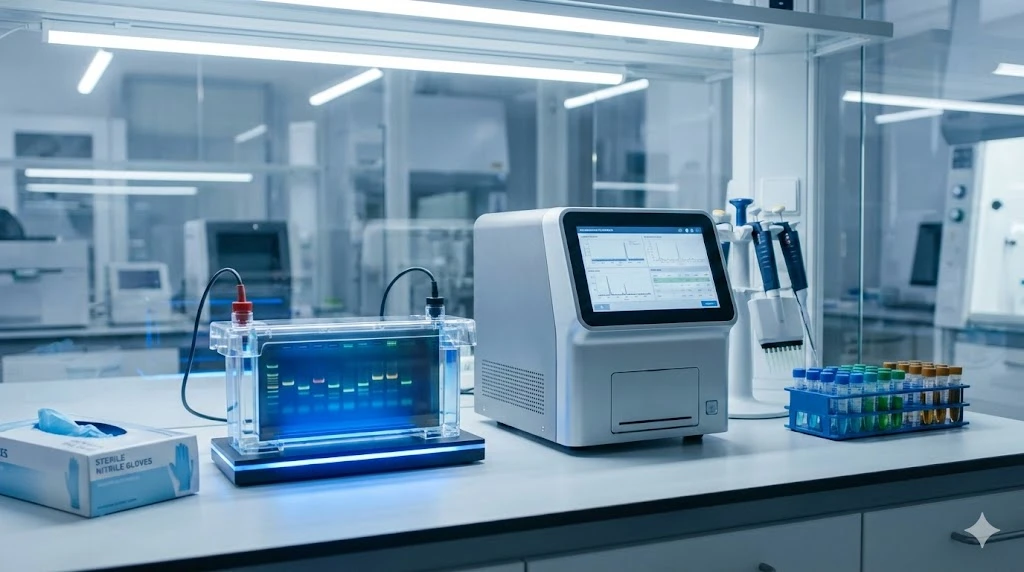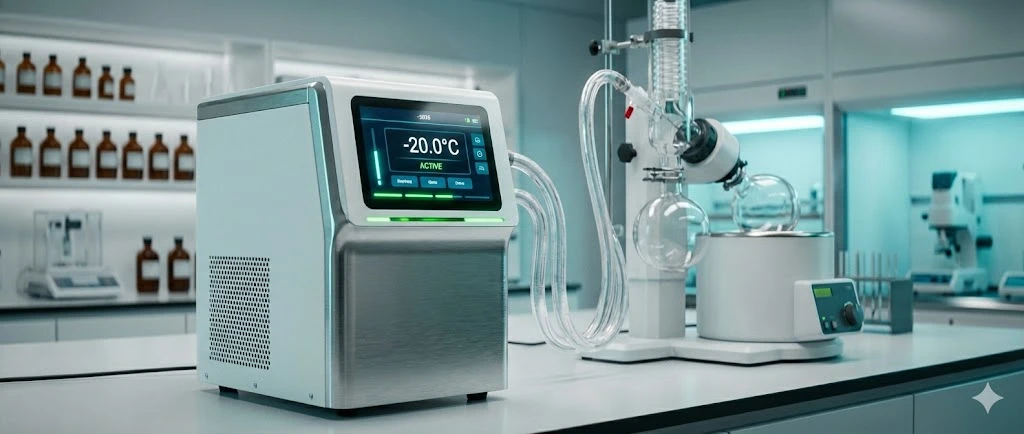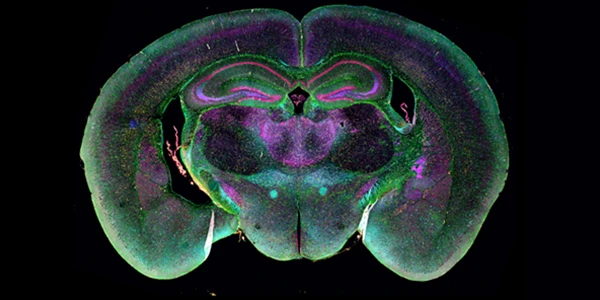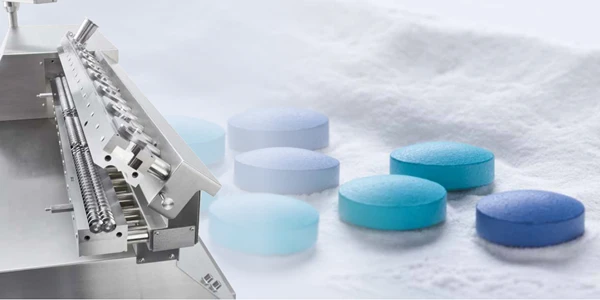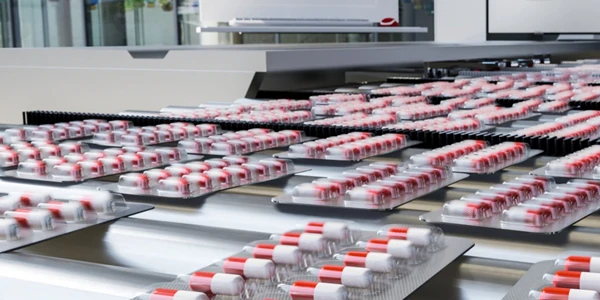Advances in Scintillation Counter Design for Reduced Background Noise
GEMINI (2025) The precise measurement of low-level radiation is fundamentally limited by background noise, requiring continuous innovation in detector technology. Achieving accurate, ultra-low detection limits in fields ranging from environmental monitoring to nuclear medicine hinges directly on superior scintillation counter design. This article examines the critical engineering advancements that minimize spurious signals, allowing laboratory professionals to isolate the signal of interest with greater certainty and efficiency. The ongoing refinement of these systems is essential for maintaining the highest standards of analytical performance in radioassay. The primary source of unwanted signals, or background noise, often originates from the immediate environment and the detector components themselves. Modern scintillation counter design incorporates multi-layered passive shielding and stringent material selection to mitigate these external and internal sources. Passive shielding acts as a physical barrier to absorb external gamma and beta radiation. The hierarchy of shielding layers typically begins with high-density outer components, such as lead, which remains the industry standard. While historically used for its density, materials like depleted uranium are now rarely used due to radiological and regulatory complexities. This is often followed by a graded shield, such as copper or cadmium, which absorbs X-rays generated when gamma rays interact with the primary lead shield (a phenomenon known as lead X-rays or fluorescence). Beyond external shielding, internal contamination is a critical factor addressed by selecting ultra-pure, low-activity construction materials. Historically, trace radionuclides within materials like steel, glass, and even the scintillator medium itself contributed measurably to background noise. Today, components are sourced globally and often require certification for ultra-low contamination, focusing particularly on isotopes like 40K, 238U, and 232Th. Key material considerations for reducing internal background noise:
Photomultiplier Tubes (PMTs): PMT glass envelopes and dynodes are often constructed from low-potassium glass or quartz to minimize 40K contamination, a pervasive natural beta and gamma emitter.
Scintillator Solvents: In Liquid Scintillation Counting (LSC), organic solvents and cocktails are rigorously tested for trace activity. Specialized, synthetic LSC cocktails are formulated to exclude benzene and other carbon sources that might contain 14C or 3H from anthropogenic or natural sources.
Reflective Linings: Any reflective material used within the detector housing must also meet strict radiopurity standards to prevent component emissions from reaching the PMT and registering as false counts. The meticulous choice of these materials is not merely an optional feature but a foundational element of contemporary scintillation counter design aimed at achieving true zero-level detection capabilities. Digital Pulse Shape Discrimination (PSD) represents a fundamental technological shift from analog electronics, significantly improving the differentiation between desired radiation events and spurious background noise. PSD exploits the subtle differences in the temporal decay characteristics of the light pulse (scintillation) produced by different types of radiation when they interact with the detector material. Different particle types—such as alpha particles, beta particles, gamma rays, and neutrons—deposit energy along their paths in distinct ways, influencing the recombination and excitation processes within the scintillator. This results in pulses of light (photons) that have slightly different shapes and decay times. Modern digital scintillation counter design leverages high-speed Analog-to-Digital Converters (ADCs) to capture the entire scintillation pulse waveform. The digitized signal is then processed using powerful algorithms rather than relying on fixed analog filters. Digital PSD Metrics and Application: Particle Type Mechanism in Scintillator Pulse Shape Characteristic Application for Noise Reduction Alpha Particles Dense ionization track. Slower, longer decay time due to high ionization density. Separating desired alpha events from beta/gamma background noise. Gamma/Beta Rays Sparse, diffuse ionization track. Faster, shorter decay time. Differentiating desired gamma events from neutron capture in specific scintillators. Electronic Noise Random, short-duration event. Often lacks the characteristic rise and fall time of a true scintillation event. Rejection of spurious electronic signals and PMT after-pulsing. By calculating a PSD metric (often a ratio of the charge in the slow component of the pulse to the total charge), the system can effectively assign each registered event to a specific particle type. This allows the system to electronically gate out unwanted event types (e.g., rejecting gamma-ray interactions when measuring neutron flux, or rejecting beta/gamma contamination when specifically measuring alpha emitters), providing a powerful software-based mechanism for background noise suppression that is unattainable with older analog systems. The superior resolution and stability of digital processing are essential advancements in modern scintillation counter design. Advanced counting methodologies, specifically coincidence and anti-coincidence counting, are instrumental in minimizing background noise by imposing geometric and temporal constraints on valid detection events. Anti-Coincidence Counting The anti-coincidence principle is highly effective in suppressing environmental and cosmic ray background. This technique involves using an active shielding layer, often referred to as a "guard detector" or "veto detector," positioned around the main sample detector. Principle of Operation: A primary event is recorded in the main detector. If an event is simultaneously registered in both the main detector and the guard detector, it is highly likely to be a high-energy external event, such as a cosmic ray muon, that passed through both detectors. The signal from the main detector is vetoed (rejected) if a coincident signal from the guard detector is detected. This technique is especially critical in deep-underground laboratories or when measuring extremely rare events, as it virtually eliminates the dominant component of high-energy cosmic background noise. The integrated geometry of the veto shield and the main detector is a crucial aspect of high-performance scintillation counter design. Coincidence Counting Coincidence counting, conversely, is used to confirm the authenticity of events related to specific decay schemes, often targeting positron emitters that undergo annihilation. Principle of Operation: The system uses two or more detectors positioned opposite the source. When a positron annihilates, it produces two 511 keV gamma rays traveling in nearly opposite directions (180° apart). If a signal is registered simultaneously (within nanoseconds) in both detectors, the event is registered as a valid annihilation event. If only one detector registers a count, the event is rejected as likely being a single random background noise event or an event from scattered radiation. This strict temporal and spatial correlation requirement drastically improves the signal-to-noise ratio for Positron Emission Tomography (PET) applications and dual-label liquid scintillation counter design, where the simultaneous decay of two different isotopes is being measured. The physical configuration and geometry of the detector-scintillator assembly play a direct and measurable role in both maximizing signal capture and minimizing internal background noise. A high-performance scintillation counter design must optimize the efficiency of light collection while ensuring detector components do not contribute to the counting rate. Light Collection Efficiency: Maximizing light collection efficiency ensures that even low-energy events produce a measurable electrical pulse, thereby improving the low-energy threshold of the detector and reducing the fraction of events that are lost (or fall into the noise floor). Reflectors and Light Guides: Highly reflective materials (like PTFE or specialized reflective paints) are used to line the interior of the detector chamber. These materials guide the scintillation photons toward the PMT cathode. The geometry of any light guides connecting the scintillator to the PMT is optimized to prevent internal reflection losses and maintain photon yield.
Optical Coupling: The interface between the scintillator material and the PMT face requires an optically transparent coupling gel or fluid to minimize refractive index mismatch, which could cause light loss at the boundary. Any imperfections in this coupling can lead to signal degradation and contribute to spectral broadening, which is functionally similar to an increase in background noise. Minimizing Component Activity via Distance Beyond material purity, geometric design can actively reduce internal background. Components that, despite purification, still exhibit residual activity (such as the PMT itself) are often physically separated from the most sensitive part of the detector or sample chamber. In some ultra-low background noise systems, PMTs are placed further away and connected via long, highly efficient light guides. While this slightly complicates light collection, the distance attenuation significantly reduces the gamma and X-ray flux originating from the PMT glass envelope that reaches the sample, thus preventing these emissions from contributing to the overall count rate. This subtle interplay between light collection efficiency and component placement defines the cutting edge of contemporary scintillation counter design. The continued advancements in scintillation counter design are driven by the necessity of reaching sub-Bq/L detection limits in complex analytical scenarios. This synthesis of physical engineering—through ultra-low-activity material selection and multi-layered passive shielding—and electronic sophistication—epitomized by digital Pulse Shape Discrimination and robust anti-coincidence gating—defines the current state-of-the-art. Future progress will likely focus on combining these techniques with machine learning algorithms for more nuanced pulse characterization, further suppressing residual background noise and unlocking the full potential of these highly sensitive measurement instruments. What role does digital electronics play in reducing background noise in modern scintillation counters?
Digital electronics enable sophisticated Pulse Shape Discrimination (PSD), allowing the instrument to capture and analyze the full waveform of the scintillation light pulse. This allows for algorithmic rejection of events that do not match the characteristic temporal signature of the target radiation, offering far greater background noise suppression than traditional analog methods. Why are low-potassium materials important in scintillation counter design?
Potassium-40 (40K) is a naturally occurring radionuclide present in nearly all materials, particularly glass. Low-potassium materials, such as quartz or specialized synthetic glass, are mandatory in scintillation counter design to prevent the detector components (like the PMT housing) from internally emitting beta and gamma radiation that contributes significant background noise to the sample measurement. How does anti-coincidence counting help minimize background?
Anti-coincidence counting uses a guard detector to veto or reject simultaneous signals registered in both the main detector and the guard detector. Because high-energy cosmic rays and environmental radiation often pass through both detector volumes, rejecting these coincident events effectively eliminates this primary source of global background noise, resulting in cleaner spectra and lower detection limits. What is the minimum requirement for passive shielding in a low-background scintillation system?
A minimal passive shield in a high-performance scintillation counter design typically consists of a primary layer of high-Z material (like lead) for gamma absorption, followed by a secondary layer of low-Z material (like copper or cadmium) to absorb the X-ray fluorescence generated in the primary shield, ensuring the full spectrum of external background noise is suppressed. This article was created with the assistance of Generative AI and has undergone editorial review before publishing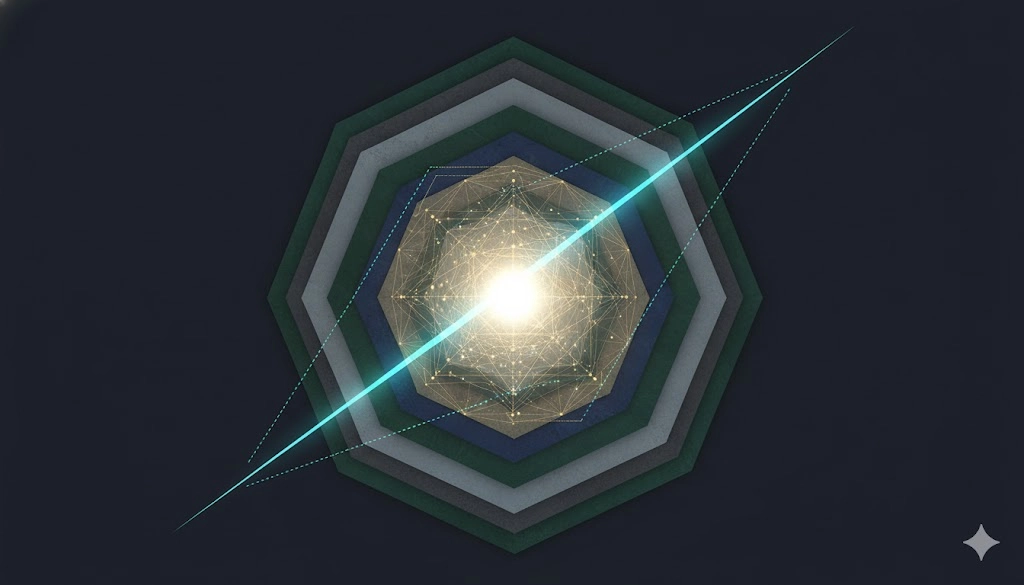
Advanced Passive Shielding and Ultra-Pure Materials in Scintillation Counter Design
Digital Pulse Shape Discrimination (PSD) for Background Noise Reduction
Coincidence and Anti-Coincidence Counting Techniques
Optimization of Detector Geometry and Light Collection
Future Directions in Ultra-Low Background Noise Radiation Detection
Frequently Asked Questions (FAQ)
